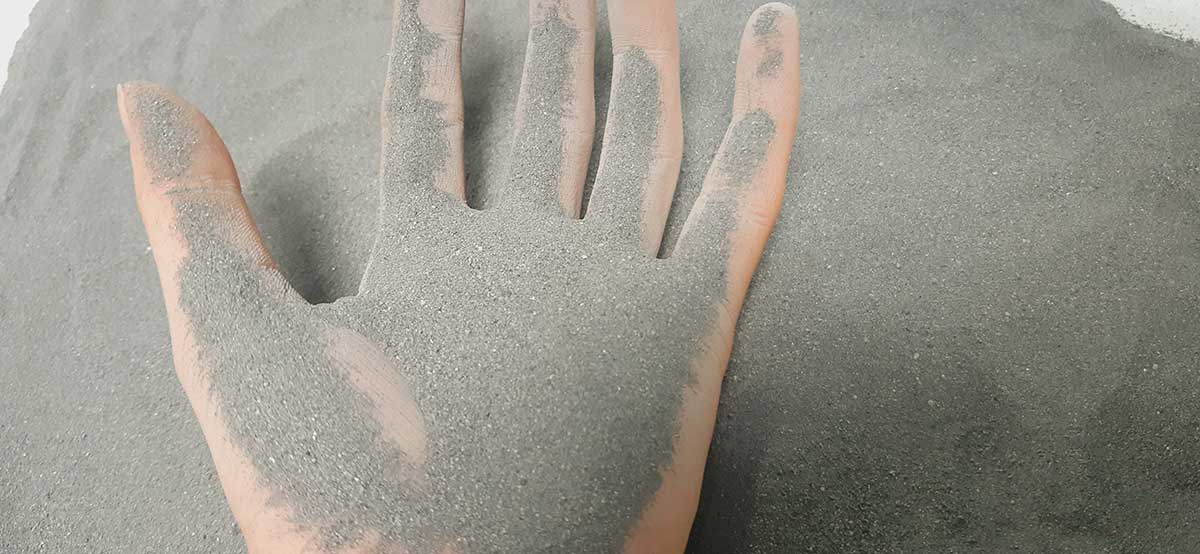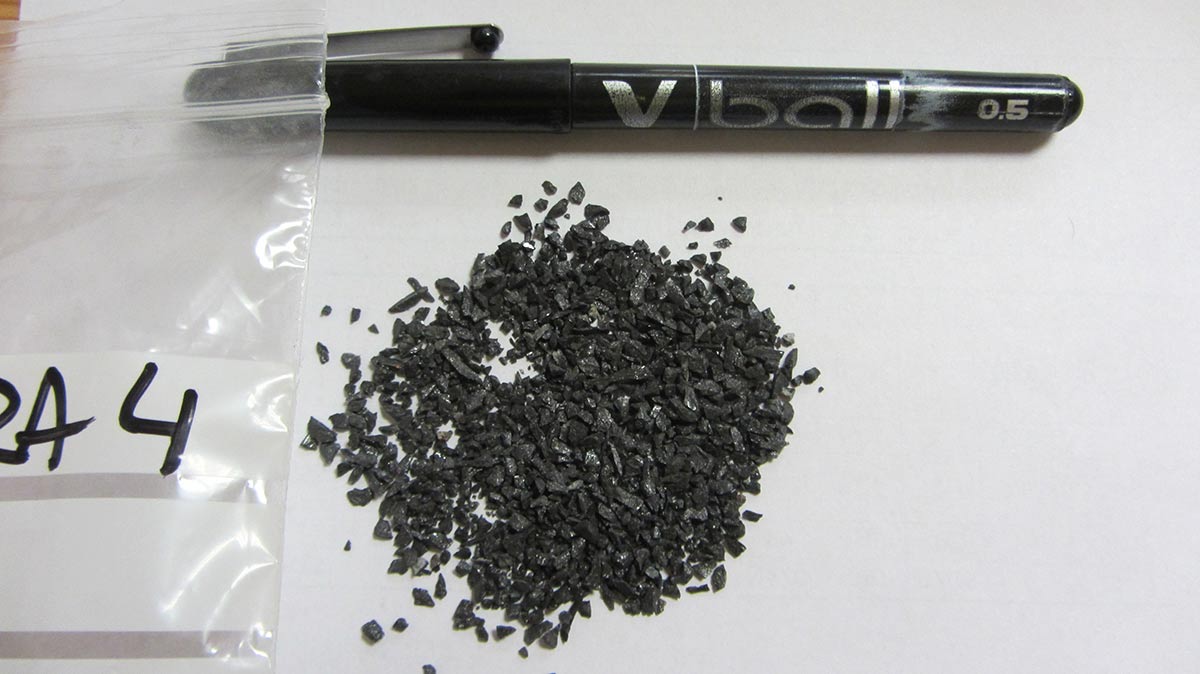CORAL
USE OF PAVAL TO OBTAIN CORUNDUM FOR THE MANUFACTURE OF ABRASIVES
Abrasive materials are essential for shaping and finishing a wide range of materials. They can be of synthetic or natural origin. Synthetics, such as corundum, require significant and costly processing of raw materials, reagents and energy. Its origin lies in areas such as the Alps or Norway in Europe, Niagara Falls in the USA or Ukraine.
The raw material in the production of abrasive grains is calcined bauxite, which produces solid alumina with a purity varying between 95 and 99% through electro-fusion. The technologies available on the market for the use of recycled abrasives focus on reusing the abrasive grains at the end of their useful life. There are some procedures that cover the use of ceramic materials from the construction sector as a source of alumina for the manufacture of recycled corundum, but they do not constitute a sufficient alternative raw material.
BEFESA, a leading European company in hazardous waste recycling services for the aluminium industry, produces around 100,000 tonnes of secondary aluminium oxide each year, and has led CORAL. This secondary aluminium oxide (known as Paval®) has an Al2O3 content of around 70%.

DRIVING FACTOR


 OBJECTIVES
OBJECTIVES
- Demonstrate the technical-economic and environmental viability of a secondary aluminium oxide as a raw material for obtaining recycled corundum for use as a raw material in the manufacture of abrasives.
- Add value to the secondary aluminium oxide obtained from the recovery of salt slag, a hazardous waste from aluminium recycling.
- Comprehensively study the ability of secondary aluminium oxide as a candidate for all applications requiring significant alumina content.
 RESULTS
RESULTS
- Definition of a roadmap with chemical treatment, calcination and electric arc furnace melting stages.
- Obtain a fused oxide, CORAL, with a chemical composition of mostly corundum (Al2O3) and 30% spinel.
- CORAL contains iron in its structure, which would require additional friability testing, and approximately 8% feldspar. Chemical and crystallographic analyses are consistent. However, in order to compete with brown aluminium oxide, an increase in the percentage of aluminium oxide to at least 90% is required.
 CONCLUSIONS
CONCLUSIONS
- The CORAL product could be used in other markets, such as refractories, as its spinel and feldspar content provides it with specific characteristics in terms of hardness, corrosion resistance and thermal performance, but further analysis, especially the friability test, is recommended to determine its real abrasive potential. The aim is to obtain a higher purity product in future tests.
- The results obtained indicate that there is the possibility of developing a product as a substitute for abrasive materials obtained from the melting of bauxite in electric arc furnaces. However, its abrasive power needs to be confirmed and the materials with which it would compete need to be studied in detail. To do so, there are plans to collaborate with WASHINGTON MILLS, a leading abrasives company.
ENVIRONMENTAL
TECHNICAL
ECONOMIC
COMMERCIAL
ON THE MARKET


